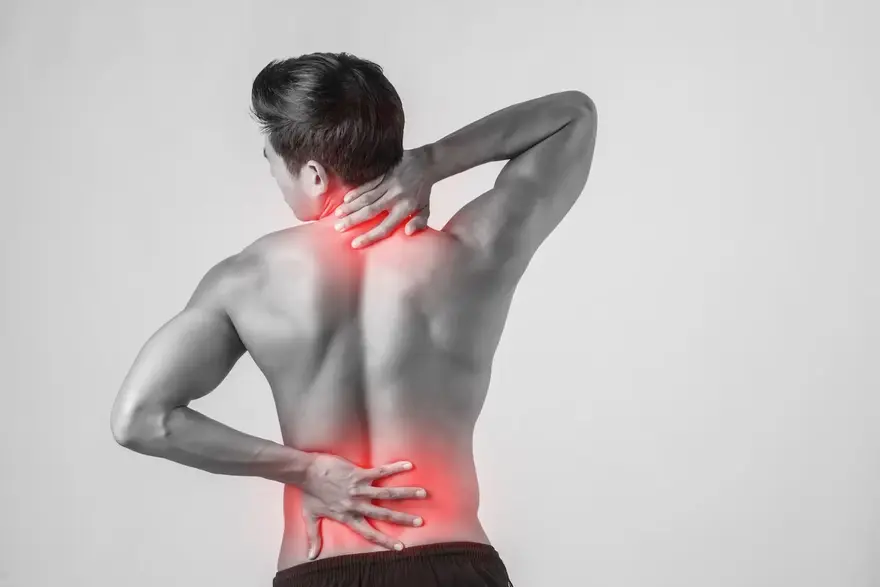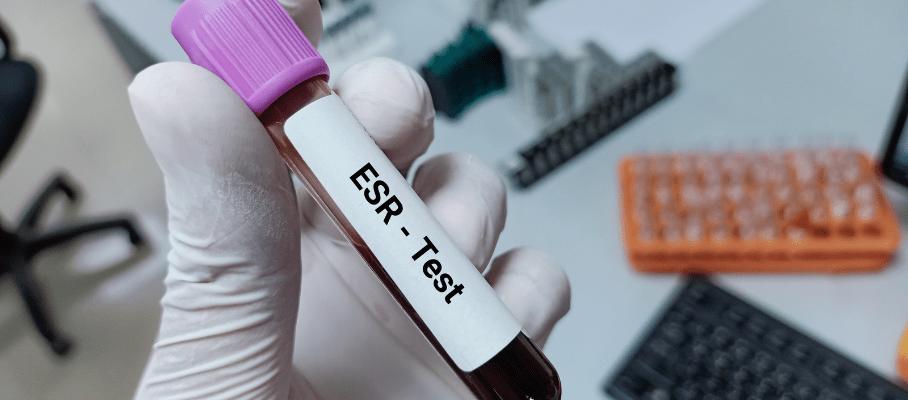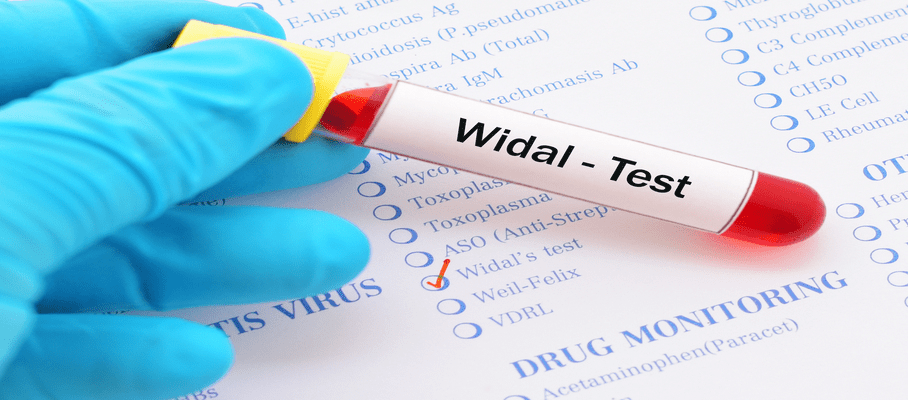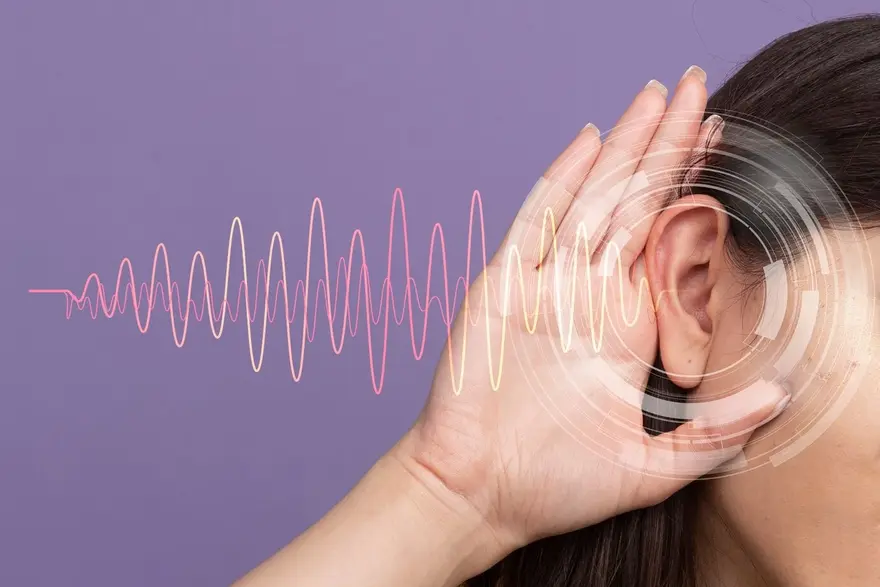Preventive Healthcare
Lordosis: Causes, Symptoms, and Treatment Options
169 Views
0

What is Lordosis?
Lordosis refers to an exaggerated inward curve of the spine, usually in the lower back (lumbar lordosis) or neck. While a natural curve is essential for balance and posture, excessive curving can lead to discomfort and mobility issues.
The lordosis definition describes an abnormal inward spinal curve that disrupts alignment and may cause lower back pain, stiffness, or muscle strain. Understanding the lordosis meaning helps individuals recognise symptoms early and seek proper care.
A common form of lordosis is swayback, where the lower back arches excessively, making the abdomen and buttocks appear more prominent. This lordosis posture can result from muscle imbalances, poor posture, or medical conditions affecting spinal health.
If you experience persistent lower back pain or notice a pronounced curve in your spine, consulting a healthcare provider can help determine the best lordosis treatment, including posture correction exercises, physical therapy, or medical intervention.
Types of Lordosis
There are five primary types of lordosis, each with different causes and effects on spinal health.
- Postural Lordosis: Often caused by excess weight and weak abdominal or back muscles, leading to an exaggerated spinal curve due to poor support.
- Congenital/Traumatic Lordosis: Results from birth defects or spinal injuries, which can cause fractures, pain, and even nerve compression.
- Post-Surgical Laminectomy Hyperlordosis: Occurs after spinal surgery, where the removal of vertebrae parts leads to instability and excessive curvature.
- Neuromuscular Lordosis: Develops due to neuromuscular disorders, affecting spinal alignment and requiring condition-specific treatments.
- Lordosis Secondary to Hip Flexion Contracture: Caused by hip joint contractures from infections, injuries, or muscle imbalances, pulling the spine out of alignment.
Understanding these types helps in early diagnosis and appropriate lordosis treatment to maintain spinal health.
Causes of Lordosis
Lordosis can develop due to various factors, ranging from congenital conditions present at birth to acquired causes that develop over time. Some of the common causes include:
- Poor posture: Consistently maintaining an incorrect posture, such as slouching or leaning back excessively, can contribute to the development or worsening of lordosis or swayback.
- Muscular imbalances: Weak core and back muscles, particularly in comparison to stronger hip flexors, can lead to an exaggerated lordotic posture.
- Obesity: Carrying excess weight, especially in the abdominal area, can cause the pelvis to tilt forward, resulting in increased lumbar lordosis.
- Pregnancy: As the uterus expands during pregnancy, the extra weight can cause the pelvis to tilt and the lower back to curve more prominently.
- Congenital conditions: Some individuals may be born with spinal abnormalities, such as spondylolisthesis (a vertebra slipping forward onto the one below) or kyphosis (an exaggerated outward curve of the upper back), which can affect the lordotic curve.
- Neuromuscular disorders: Conditions like muscular dystrophy or cerebral palsy can cause muscular weakness and affect spinal alignment.
- Injuries or trauma: Spinal fractures, dislocations, or soft tissue injuries can alter the normal curvature of the spine.
- Age-related changes: As we age, the intervertebral discs can lose height and elasticity, potentially affecting spinal curvature.
Symptoms of Lordosis
- Postural changes: The most visible lordosis symptom is an exaggerated curve in the lower back, resulting in a "swayback" appearance.
- Back pain: Lordosis can lead to muscle strain and overuse, particularly in the lower back muscles that work to maintain the exaggerated curve.
- Muscle spasms: As the muscles in the lower back work harder to support the lordotic curve, they may become tight and prone to spasms, causing pain and discomfort.
- Stiffness and limited mobility: The altered spinal alignment in lordosis can lead to reduced flexibility and range of motion in the lower back and hips.
- Neurological symptoms: In severe cases, the exaggerated curvature may compress the spinal nerves, leading to symptoms such as numbness, tingling, or weakness in the legs.
- Fatigue: Maintaining an abnormal posture requires extra effort from the muscles, which can lead to increased fatigue and discomfort.
Diagnosis of Lordosis
If you suspect lordosis or experience symptoms, a healthcare professional will perform a thorough evaluation, which includes:
- Posture assessment: Checking for signs of an exaggerated curve, such as a noticeable swayback appearance.
- Range of motion tests: Asking you to bend forward, backward, and sideways to assess spinal flexibility.
- Spinal palpation: Gently pressing along the spine to detect tenderness, muscle tightness, or abnormalities.
- Muscle strength evaluation: Testing back, abdominal, and hip muscles for imbalances that may contribute to lordosis.
- Neurological examination: Assessing reflexes, sensation, and muscle function to rule out nerve-related issues.
If lordosis is suspected, imaging tests may be recommended:
- X-rays: Provide a clear view of the spinal curve and vertebral alignment
- MRI scans: Offer detailed images of soft tissues, such as discs and nerves
- CT scans: Give a more precise view of spinal bone structures.
Once diagnosed, your doctor will create a lordosis treatment plan tailored to your needs, which may include physical therapy, lifestyle changes, or medical interventions.
Treatment Options for Lordosis
The treatment for lordosis depends on the severity of the curvature, the underlying cause, and the presence of any associated symptoms. Here are some conventional lordosis treatment options.
Postural correction
Learning and maintaining proper posture are key components of managing lordosis. A physical therapist can teach you exercises and techniques to improve your posture, reduce the exaggerated lordotic curve, and alleviate strain on the spine.
Strengthening exercises
Specific exercises targeting the core, back, and hip muscles can help improve muscular balance and support the spine. This can alleviate pain and discomfort associated with lordosis.
Pain management
Over-the-counter pain relievers, such as ibuprofen or acetaminophen, can help manage pain and inflammation.
Braces or orthotics
In certain cases, a back brace or orthotic device may be prescribed to provide additional support and help correct the lordotic posture.
Surgical Options
If the lordosis is severe and is causing significant symptoms, surgical intervention may be considered. Some of these procedures could include spinal fusion, osteotomy, kyphoplasty, or vertebroplasty.
Lordosis in Children vs. Adults
Lordosis, an exaggerated inward curve of the spine, can affect both children and adults. However, the causes and symptoms may differ based on age. Here's a comparison of lordosis in children versus adults:
|
Aspect |
Children |
Adults |
|
Causes |
Often idiopathic; sometimes due to conditions like muscular dystrophy |
Obesity, pregnancy, muscle weakness, spinal disorders |
|
Symptoms |
Minimal symptoms unless severe; can include posture changes |
Postural changes, back pain, tingling, numbness if severe |
|
Treatment |
Often involves monitoring or use of a back brace |
May include physical therapy, NSAIDs, lifestyle adjustments |
It's important to note that while lordosis can occur at any age, the underlying reasons and management approaches may vary.
Living with Lordosis: Tips and Management
Living with lordosis requires attention to posture and lifestyle habits. Here are some practical tips for managing the condition:
- Maintain a healthy weight: Excess weight can put added strain on your spine, worsening lordosis symptoms. Aim for a balanced diet and regular exercise to achieve and maintain a healthy BMI.
- Strengthen your core: Exercises that target your abdominal and back muscles can help support your spine and improve lordosis posture. Planks, bridges, and superman holds are examples of effective core-strengthening exercises.
- Use ergonomic furniture: Choose chairs and workstations that promote good posture and provide adequate lumbar support. Avoid slouching or hunching over for extended periods.
- Stretch regularly: Gentle stretching exercises can help alleviate muscle tightness and improve flexibility. Focus on stretches that target your hip flexors, hamstrings, and lower back muscles.
- Consider physical therapy: A physical therapist can design a personalized exercise programme to address your specific lordosis concerns and help you maintain proper alignment.
When to See a Doctor for Lordosis
While mild lordosis may not require medical intervention, certain signs warrant a visit to your healthcare provider:
- Severe or persistent back pain
- Numbness, tingling, or weakness in your legs
- Difficulty moving or performing daily activities
- Noticeable changes in your posture or gait
- Bowel or bladder dysfunction
If you experience any of these symptoms, don't hesitate to seek medical attention. Your doctor can perform a thorough evaluation, including a physical exam and imaging tests like X-rays or MRIs, to determine the severity of your lordosis and recommend appropriate treatment options.
Prevention of Lordosis
Preventing lordosis involves adopting healthy lifestyle habits that promote spinal health:
- Exercise regularly to strengthen your core muscles and maintain flexibility
- Maintain a healthy weight to reduce strain on your spine
- Practice good posture when sitting, standing, and lifting objects
- Use proper ergonomics at work and home to support your back
- Take breaks from prolonged sitting or standing positions
- Wear supportive shoes with adequate cushioning and arch support
By incorporating these preventive measures into your daily routine, you can reduce your risk of developing lordosis or swayback, or minimise its progression if you already have the condition.
Conclusion
Remember, your spinal health is vital to your overall quality of life. By staying proactive, informed, and supported by trusted medical professionals, you can effectively manage lordosis and maintain a healthy, active lifestyle.
If you're experiencing symptoms of lordosis or have concerns about your spinal alignment, consider reaching out to Metropolis Healthcare. As a leading chain of diagnostic labs across India, Metropolis offers accurate pathology testing and health check-up services to help you assess your overall health status. Their team of qualified blood collection technicians can perform convenient at-home visits, with test reports securely shared online for your review.























 WhatsApp
WhatsApp